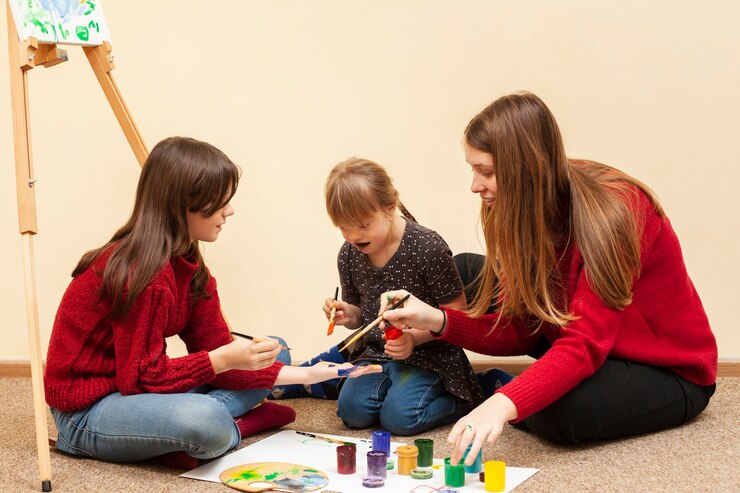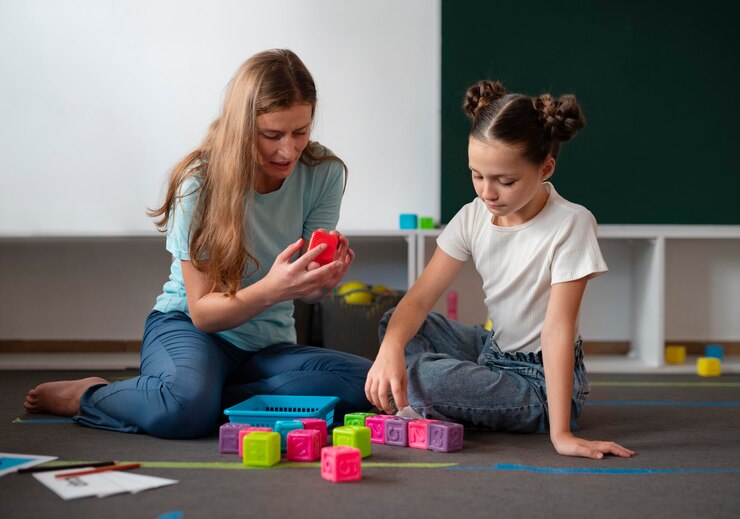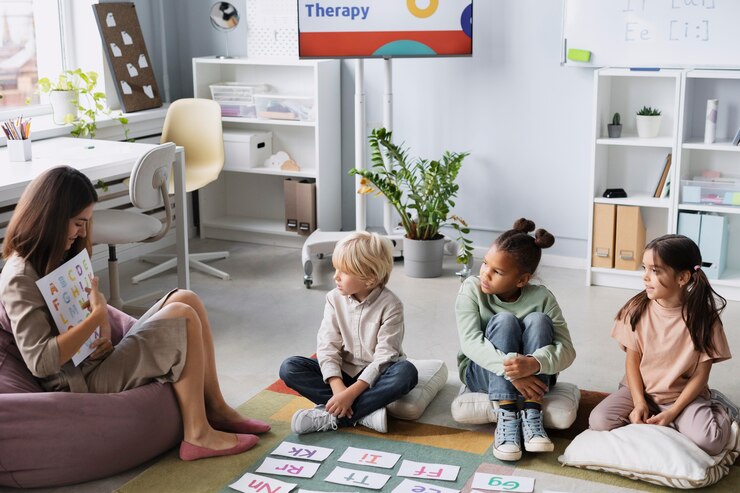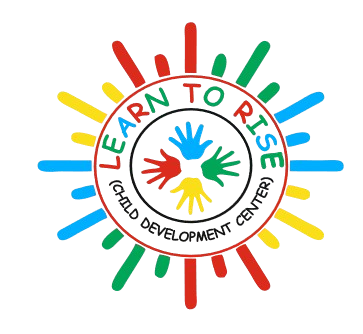
Early intervention and group therapy can be incredibly effective approaches for helping children address a wide range of developmental, emotional, and behavioral challenges. Here’s an overview of each approach and how they can be beneficial for children:
Early Intervention
Early intervention focuses on identifying and addressing developmental delays, emotional issues, or behavioral challenges in children as soon as they become apparent. Key elements include:
Screening and Assessment: Children are evaluated to detect any developmental or social-emotional concerns early on. This includes language delays, motor skills, social interaction challenges, or emotional regulation issues.
Individualized Support: Programs are tailored to the unique needs of each child. Early intervention services can include speech therapy, occupational therapy, physical therapy, and counseling.
Parental Involvement: Parents are often part of the intervention process, which empowers them with strategies to support their child’s development and progress.
Benefits: Early intervention can enhance a child’s development significantly, increasing the likelihood of overcoming or managing challenges effectively as they grow.
Examples: Early intervention programs can be effective for children with autism spectrum disorder (ASD), ADHD, language delays, and social or emotional difficulties.

Group Therapy
Group therapy offers children the opportunity to work on social and emotional skills in a structured, supportive, and social setting. It is particularly beneficial for children with challenges in social interaction, anxiety, or other emotional issues. Key aspects include:
Peer Interaction: Children interact with peers who may face similar challenges, allowing them to practice social skills, share experiences, and build friendships in a safe environment.
Social Skills Development: Group therapy provides guided opportunities to develop communication, cooperation, empathy, and conflict-resolution skills.
Modeling and Feedback: Children can learn by observing peers and receiving feedback from the therapist and group members, which can help them see new perspectives and approaches.
Supportive Environment: Group therapy provides a supportive, non-judgmental space for children to express their thoughts and feelings, which can be especially beneficial for children dealing with anxiety, trauma, or grief.
Examples: Group therapy is effective for children dealing with anxiety, social skills deficits (like those often seen in autism spectrum disorder), behavioral issues, and low self-esteem.











